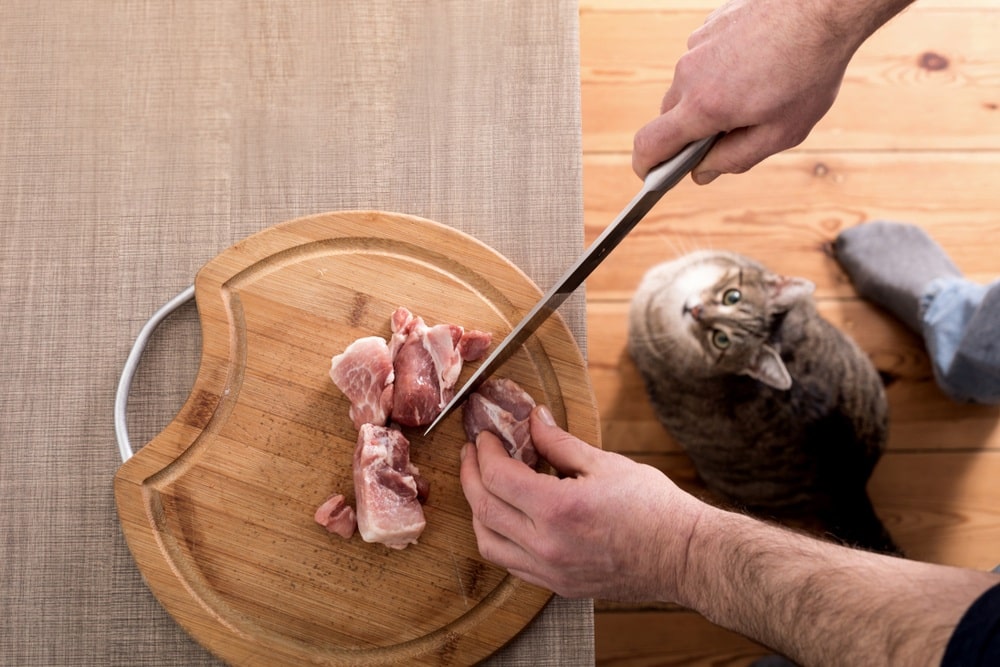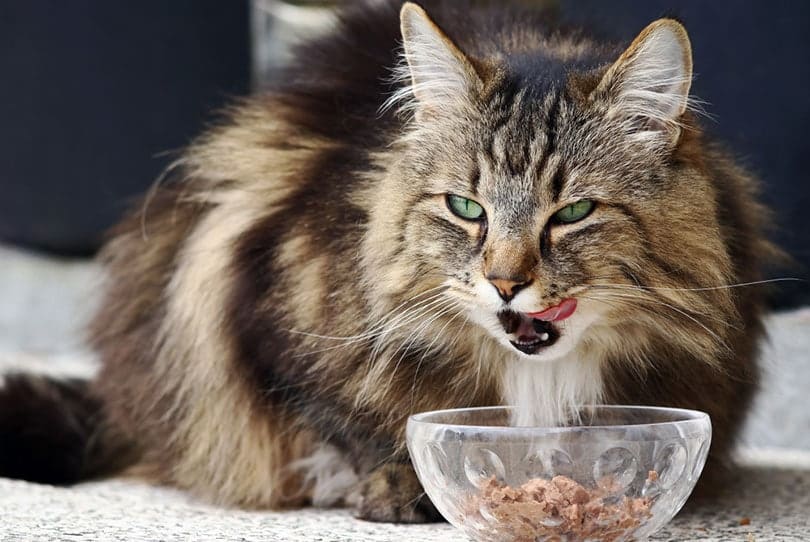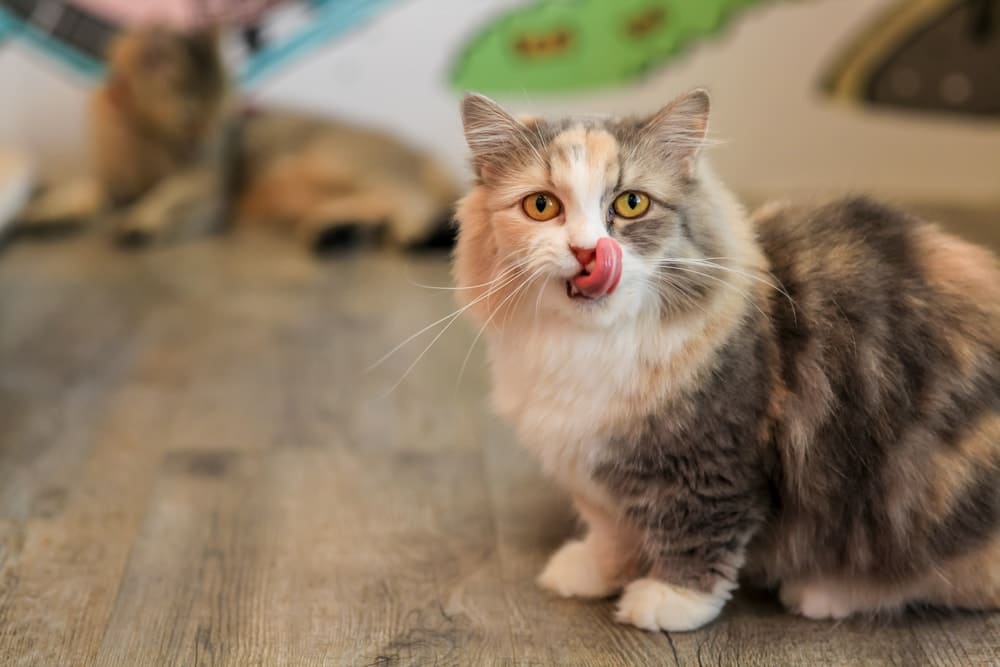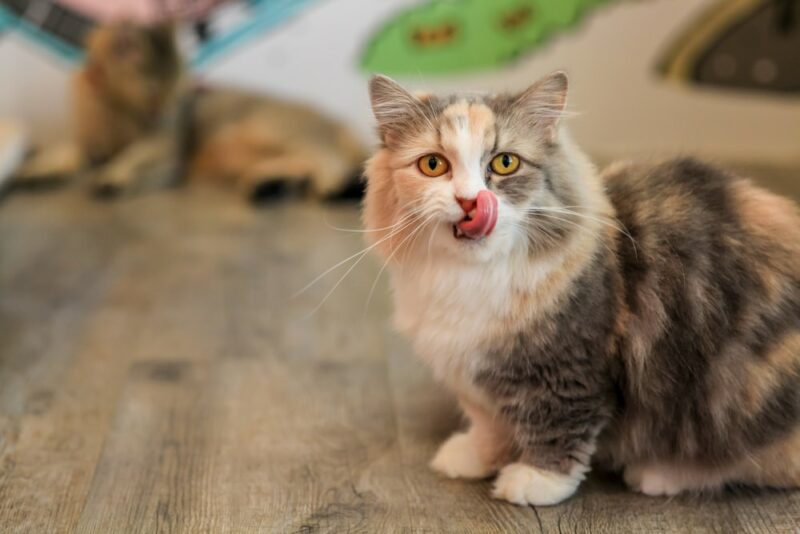We all want our cats to be healthy, happy, and with us for as long as possible. That’s why we take them to the vet for checkups, feed them high-quality, protein-filled food, and keep them indoors most of the time.
However, when cats are not fed enough vitamin B1, they can suffer from a thiamine deficiency (the lack of vitamin B1). There are a few foods that will ensure your cat gets the thiamine they need to be healthy and happy. We’ll discuss them and the signs of thiamine deficiency below.
“Vitamin B1 is an essential dietary nutrient, and cats must get enough of it in their diets to stay healthy. The vitamin is involved in many processes throughout your cat’s body. Cats require two to four times more thiamine per day than dogs. Feeding your cat a balanced and complete diet is key to their wellbeing.”
Top 3 Food Sources of Thiamine for Cats
1. Whole Grains
Whole grains are a great source of thiamine for your feline pal. Of course, cats don’t require large portions of whole grains, but you can find them in many cat foods. Some of the most common grains you’ll see in pet food brands include maize, brown rice, and oatmeal.
Although whole grains are a reliable source of thiamine, cats typically shouldn’t get more than 10% of their calories from carbohydrates.1 Therefore, it’s best to avoid carb-heavy cat treats and focus on meals and treats higher in meat-based proteins. Unless your veterinarian determines that your cat has a thiamine deficiency, they will get enough vitamin B1 from high-quality cat food.
2. Pork/Beef/Fish
Pork, beef, and fish are excellent sources of thiamine for your kitty. Several cat food brands use the proteins in their formulations, and you should look for brands that list pork, beef, or fish as the first ingredient. Cats are obligate carnivores and must eat a lot of protein to stay healthy.
If you serve meat or fish, ensure it’s cooked thoroughly. Raw and inadequately cooked fish pose a risk of thiamine deficiency for your cat. This happens because some fish and shellfish’s raw flesh and viscera contain an enzyme (thiaminase) that destroys thiamine (Vitamin B1).
As with anything else you cook and feed your cat, do not add seasonings and spices such as salt, garlic, and onions. Feeding your cat cooked meat without any seasoning is best to prevent an upset stomach or toxic reaction to garlic and onions.

3. Legumes
Several legumes can help with your cat’s thiamine levels as well. Legumes are often listed as ingredients in cat food, but if your cat consumes any of the legumes below, ensure they are cooked without seasonings.
Thiamine levels are decreased when legumes are cooked, and it’s better to serve your pet cat food with thiamine because it’s formulated to include the proper amount. However, the legumes below can boost their thiamine levels:
- Chickpeas
- Green beans
- Kidney beans
- Black beans
- Lentils
- Lima beans
- Peas
- Soybeans
- Pinto beans
These are not the only sources of Vitamin B1. It can also be found in other foods like liver, eggs, brewer’s yeast, and asparagus.

Signs of Thiamine Deficiency in Cats
Now that you know which foods will ensure your cat has enough thiamine to be healthy, we’ll list the signs of a thiamine deficiency below.
- Ventroflexion: the cat’s neck is bending towards the floor or curling
- Circling
- Falling
- Incoordination
- Spastic or abnormal gait
- Dilated pupils
- Head is tilting
- Opisthotonos: when the head, neck, and spine arch backward
- Seizures
- Stupor
If you see any of these signs in your cat, you must get them to an emergency vet immediately for diagnosis and treatment.
How Is Thiamine Deficiency Treated?
Thiamine deficiency is treated with oral or injected medication if your cat already shows neurological signs. However, providing adequate quantities of thiamine with a diet change is the treatment of choice for this condition. You can prevent the deficiency from happening by feeding your cat high-quality, protein-filled, balanced and complete cat food.

Conclusion
Thiamine deficiency is a condition that affects cats and dogs. A lack of vitamin B1 causes severe health issues that can lead to death. If you see any signs of thiamine deficiency in your cat, rush your cat to the emergency clinic immediately. If caught in time, the condition can be treated, but it can be prevented by feeding your cat well-balanced cat food containing thiamine sources like the ones we discussed.
Featured Image Credit: Twinsterphoto, Shutterstock











